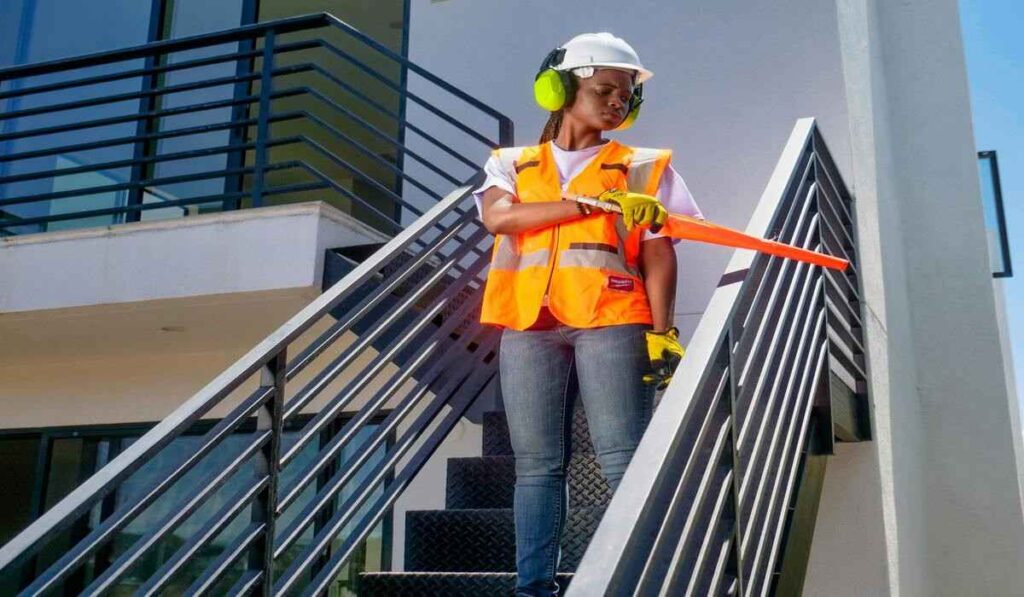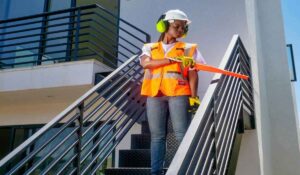Avoiding Common Workplace Injuries with the Right Safety Equipment

People sustaining injuries at work create adverse effects on their physical health and result in operational disruptions and money losses for business operations. The implementation of proper safety training together with standard safety practices still depends heavily on the correct selection of protective equipment to prevent accidents. Organizations benefit significantly when they bring quality security gear from reliable safety equipment supply partners for their entire workplace infrastructure including construction environments and warehouses as well as workplaces and manufacturing facilities.
The following article investigates standard workplace injuries across Australia along with available protective tools that decrease safety risks.
The Cost of Workplace Injuries in Australia
Sprains, strains and fractures along with tens of thousands of work-related injuries happen annually based on Safe Work Australia findings. Professional protocols combined with appropriate protective equipment could stop most workplace injuries from happening. WHS (Workplace Health and Safety) compliance exists as both a legal obligation and an indispensable factor for building safer productive workplaces.
Common Workplace Injuries and How to Prevent Them
1. Slips, Trips, and Falls
Peo-workplace injuries tend to happen most often in environments marked by wet surfaces combined with irregular flooring and congested pathways. To reduce the risk:
- Wet and easily traversed areas should have anti-slip mats placed for safety reasons.
- Wear proper non-slip footwear.
- Workers should install sufficient light fixtures to improve illumination in dark areas.
The market provides various safety accessories including floor indications and steel-toed boots from protective equipment suppliers who focus on industrial requirements.
2. Eye Injuries
The need for protective eye gear becomes absolute whenever workers deal with cutting operations together with grinding processes and welding activities alongside chemical material handling responsibilities. Working personnel shield their eyes and face with goggles paired with face shields to defend against impacts from airborne debris as well as chemical spillage and welding sparks. The equipment should fit correctly along with meeting Australian Standards requirements.
3. Hearing Damage
The prolonged contact with loud noise causes long-lasting damage to hearing ability. Workers who perform their tasks in construction aviation and manufacturing benefit from using earplugs alongside earmuffs. Hearing protection devices suitable for your noise level needs should be selected with help from your supplier.
4. Respiratory Issues
Serious health risks arise from exposure to dust along with fumes smoke and chemical substances. Worker protection against various types of exposure demands the usage of either disposable masks reusable respirators or powerful air-purifying respirators (PAPRs). A proper seal together with the right filter choice stands as the essential requirement.
5. Cuts and Abrasions
Injuries to the hand commonly occur through the use of both sharp devices along equipment and products composed of metal or glass. Workers should select protective gloves which include cut protection to chemical promotion to fit the requirements of their work materials and procedures.
Choosing the Right Supplier Matters
Different safety equipment displays dissimilar standards of quality. Sourcing reliable safety equipment for your workplace requires items that satisfy Australian regulatory specifications and are built to withstand use in your industry.
Using trusted safety equipment suppliers lets you access professional guidance about suitable equipment while providing you with various products that adhere to Australian standards. When you select dependable suppliers they will help you construct an extensive safety plan along with product acquisition.
Benefits of Partnering with Trusted Suppliers
- The supply of safety products that hold Australian Safety Certificates and pass national standards
- The supplier provides specific safety recommendations tailored to your business sector and hazard potential.
- Suppliers will provide you with materials that teach correct use techniques together with guidance for equipment upkeep.
- The supplier maintains a stable inventory and quick shipment abilities that keep you supplied with essential PPE.
Having partnerships with experienced protective equipment suppliers helps to establish enhanced workplace safety while reducing long-term risks for employees both big and small companies.
Building a Safety-First Culture
The deployment of equipment represents an essential component but an employee safety-first culture must receive similar emphasis. Maintain a communication channel for hazard warnings plus ongoing staff education and leadership through examples from managers. The company should allow all staff to address safety concerns and perform scheduled equipment inspections to maintain optimal operational conditions.
The organization must organize routine toolbox talks together with incident reporting and scheduled PPE inspections to emphasize shared safety accountability.
Final Thoughts
Safety measures lead to injury prevention beyond random luck because they require complete dedication to planning and suitable equipment. Your investment in premium safety equipment combined with expert supplier partnership enables a substantial reduction of frequent work site accidents and establishes strong protective standards across your organization.
Prevention always makes a better choice than treatment processes for workplace safety measures. You must obtain your workplace with reliable safety equipment right now instead of waiting for accidents to happen since safety should be your primary organizational concern.







